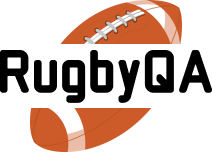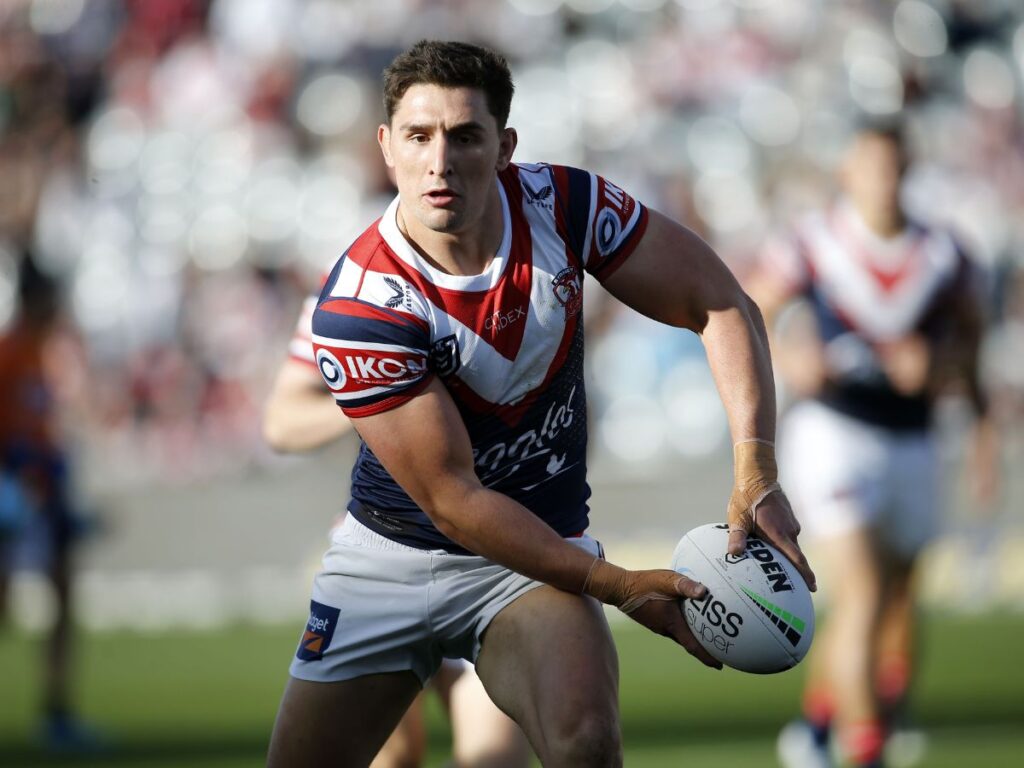In a rugby match, each of the 15 players on each team has a distinct job to play. Typically, the team is divided into two, with eight forwards and seven backs. Let’s examine how to be a forward in Rugby, the many roles that forwards fill and how they make use of their size and muscle to advance the ball.
How to be a forward in Rugby
Since the forwards make up the bulk of the squad, they are typically bigger, heavier, and stronger. To reduce injuries in a scrum, the front rows should be square and have a stronger neck. Other qualities, however, are appropriate for certain positions. In addition to having a powerful lower back and thighs to drive the scrum, locks need be tall to win ball during line-outs. These are most of the way how to be a forward in Rugby.
What are the roles of the forwards in Rugby?
The forwards typically participate in set pieces like scrums and line outs to compete for the ball in addition to using their size and strength to advance in the game.
Forwards from each team will line up in three rows and push against one another to compete for the ball during the scrum. The forwards form a tight, strong mass to stop the other team from breaking up the pack and undermining the scrum’s effort.
Rugby’s several forwards positions and their functions
In order to push the scrum of the opposing team, forwards must be stronger than backs. In order to run through tackles in the middle of the field and gain territory, they also need to be huge. In order to prevent the opposition team’s forward from gaining ground, forwards must tackle him or her when playing defense.
There are the following eight players in different positions involved in a team’s scrum:
Hooker
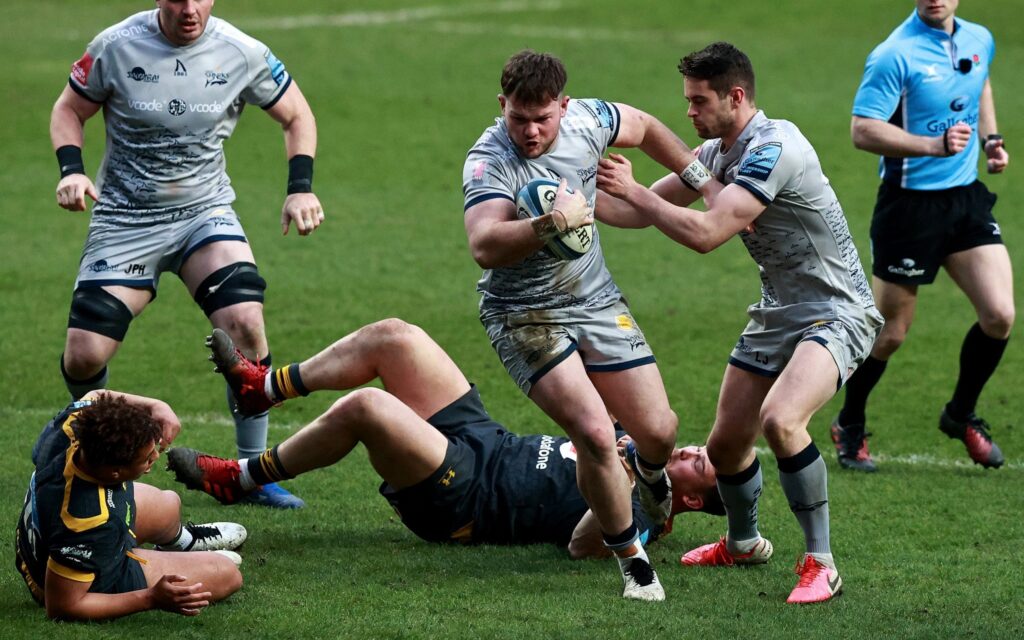
The player that tosses the ball in during a line-out is typically the hooker, who is typically smaller in stature than the props. As the name suggests, this player is in charge of hooking the ball during a scrum to gain possession for his team. They make up the front row of the scrum along with the props. As the hooker is required to carry the ball forward, he also encounters a lot of tackling from opponents.
Props
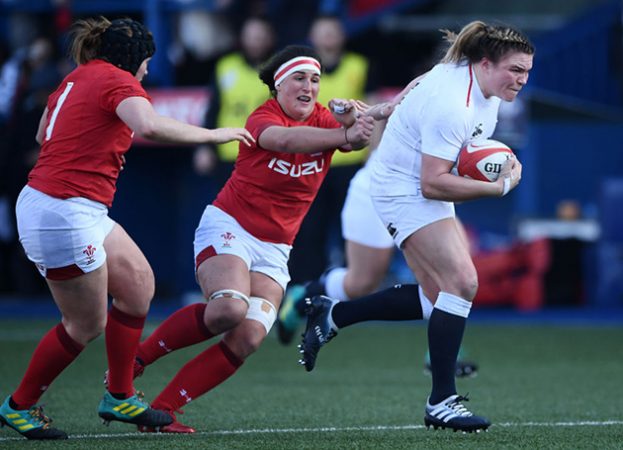
Each side has a hooker, two props, and two props in the front row of the scrum. These two players support the hooker in the scrum by being on opposite sides of him. The loose head prop is the one that is to the hooker’s left, and the tight head prop is the other. They are in charge of lifting the locks during a line-out and carrying the ball during open play, in addition to providing the hooker with additional stability during a scrum.
Locks
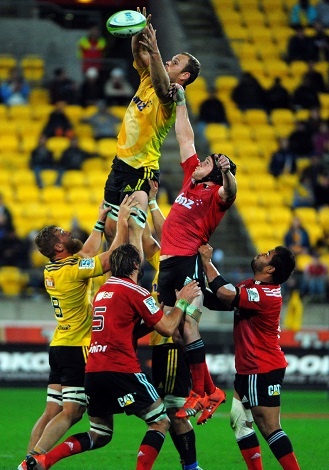
The two locks, who make up the second row in a scrum, are often the tallest players and act as the primary jumpers during a line-out because of their height. As a result, numbers four and five, known as the locks, are also vying for kick-offs and, as the name implies, lock the scrum securely while supplying power and solidity. Due to the physical demands placed on them as the “engine room” of the forward pack, these players are noticeably bigger and the strongest on the team.
Flankers
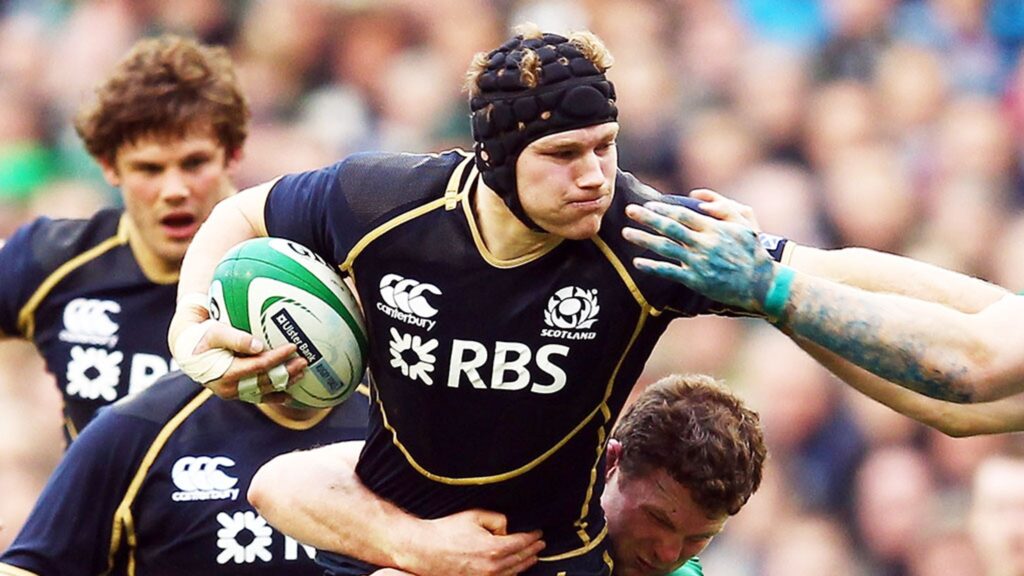
Each team has two flankers—an open-side flanker and a blind-side flanker. The enormous duty of regaining possession at every breakdown in open play falls to the flankers. They are therefore typically the fastest forwards in the group and require a tremendous level of stamina to be able to be close to the ball at all times. They assist the backs in open play during an attack and frequently participate in rucks and mauls to win possession. Compared to blind-side flankers, open-side flankers are typically speedier and smaller physically. In a scrum, flankers are crucial, especially when the opponent gains possession. When the ball leaves the scrum, it is their responsibility to prevent any ball carriers from gaining ground.
Number Eight
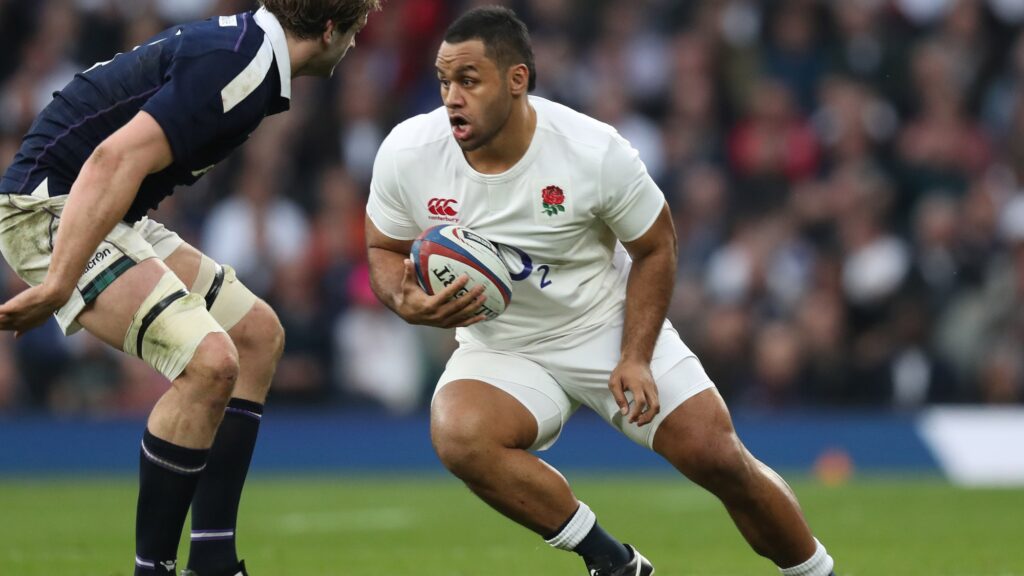
The number eight is one of the players who experiences the most tackling and the only one without a position designation. They are known as the “loose trio” and are typically large. They function as a unit with the two flankers. The number 8 is a deadly runner with the ball as well. When an opportunity arises, he or she scoops up the ball from the rear of the scrum and rushes at the defense, a tactic known as “pick and go.”
Conclusion
Without a doubt, ways on how to be a forward in Rugby requires you to be tough and powerful to withstand all the harsh tackles from your opponent. According to a research by the Ligue Nationale de Rugby (LNR) and Fédération Française de Rugby (FFR), front row players, particularly the hooker, have sustained the most bodily harm. According to the study, the hookers experienced blood, neck, and knee injuries. Therefore, it’s essential to have tight shoulders and a neck as you move ahead to protect yourself from injury.
Please read: http://rugbyqa.com/how-to-become-a-rugby-player/
